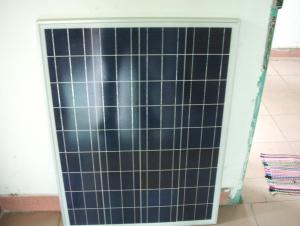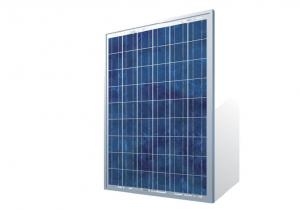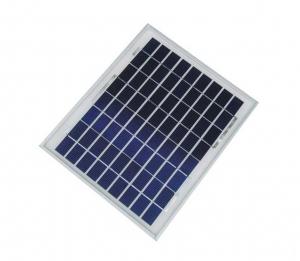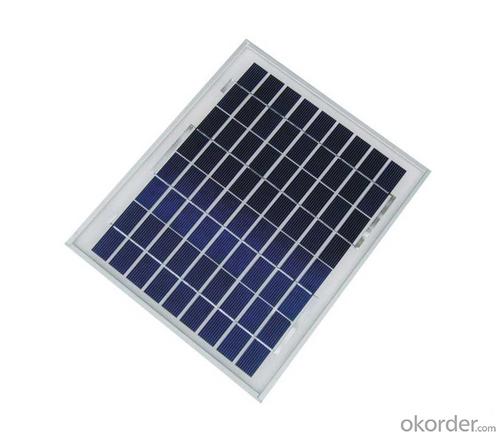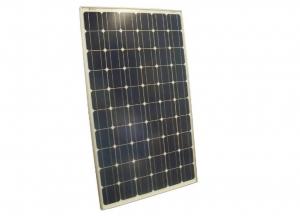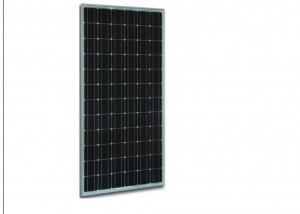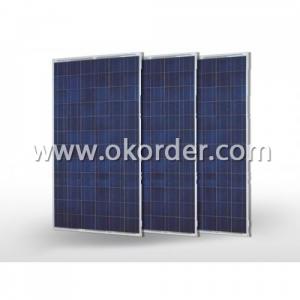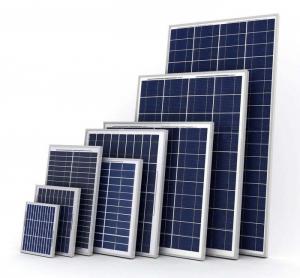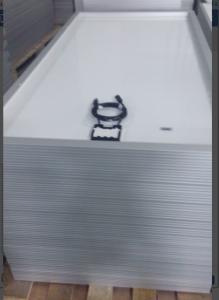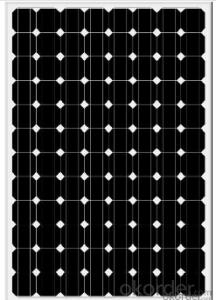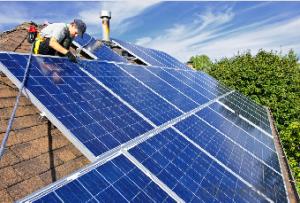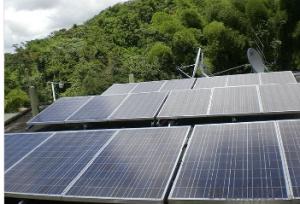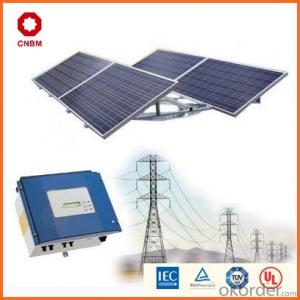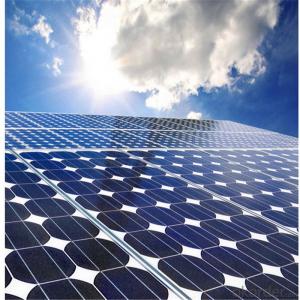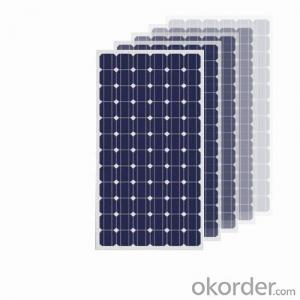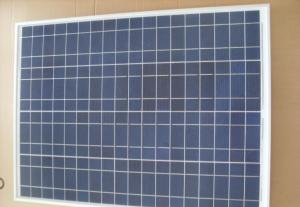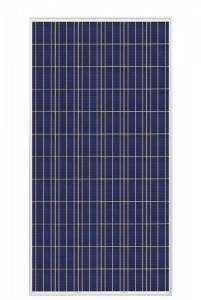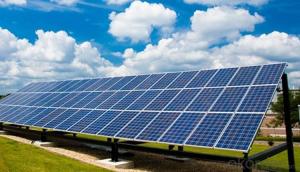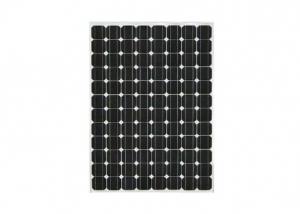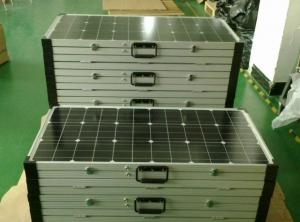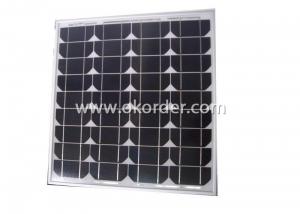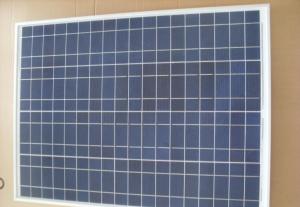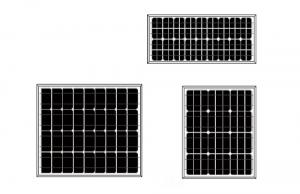Solar Poly Series (55W-70W)
- Loading Port:
- Shanghai
- Payment Terms:
- TT
- Min Order Qty:
- 1 pc
- Supply Capability:
- 100000/month pc/month
OKorder Service Pledge
OKorder Financial Service
You Might Also Like
Solar Poly Series (55W-70W)
Introduction of Solar Poly Series (55W-70W)
Solar Module is the core part of solar PV power systems,also is the highest value part of it. The function of Solor Module is to convert the sun's radiation to electrical energy, or transfer it to battery and store in it, or to drive the load running.
The Product has been widely used in space and ground, it mainly used for power generation systems, charging systems, road lighting and traffic signs areas. It could offer a wide range of power and voltage, and with high conversion efficiency, and long service life.
Characteristics of Solar Poly Series (55W-70W)
I Solar Cell : High efficiency crystalline solar cell. Even if under the weak light, the solar module can produce maximum power output.
II Tempered glass (toughened glass): Anti-reflecting coating and high transmission rate glass increase the power output and mechanical strength of solar module.
III EVA and TPT: Using high quality EVA and TPT to prevent destroying and water.
IV AI frame: Without screw, corner connection. 6 holes on the frame can be installed easily.
V Junction box: Multi function junction box with water proof.
VI Long lifetime: ≥25 years; Less power decrease.
VII Good performance of preventing from atrocious weather such as wind and hails.
VIII Resisting moisture and etching effectively, not effected by geology. .
Standard Test Conditions of Solar Poly Series (55W-70W)
The opto-electrical specifications shown below are stabilized values being measured at Standard Test Conditions of multicrystalline silicon Solar Panel, Irradiance: 1000W/m2, Spectrum: AM1.5 at 25°C, The info below is subject to manufacturing tolerances. Where appropriate minutes of measurement are available and are used for the dimensioning of the installation.
Advantages of Solar Poly Series (55W-70W)
• CNBM Solar performance guarantees for 25 years
• 2 years guarantee for workmanship for multicrystalline silicon Solar Panel
• Timeliness of delivery
CNBM International Corporation's products including Monocrystalline Solar Panel, Polycrystalline Solar Panel ( multicrystalline silicon Solar Panel) have received and enjoyed famous reputation in many countries and regions in the world .As a solar panel manufacturer in China, we strive to provide our customers with excellent service, superior products and unmatched value.
Characteristics of Solar Poly Series
Max Power Voltage Vmp (V) | 17.8V | 17.6V | 17.5V | 17.8V |
Max Power Current Imp (A) | 3.09A | 3.41A | 3.71A | 3.93A |
Open Circuit Voltage Voc (V) | 22.4V | 22.2V | 22.0V | 22.4V |
Short Circuit Current Isc (A) | 3.31A | 3.65A | 4.05A | 4.17A |
Max Power Pm (W) | 55W | 60W | 65W | 70W |
Temperature Coefficient of Cells
NOCT | 47℃±2℃ |
Temperature Coefficients of Isc (%/℃) | 0.064 |
Temperature Coefficients of Voc (%/℃) | -0.33 |
Temperature Coefficients of Pmp (%/℃) | -0.45 |
Mechanical Data
Power | 55W | 60W | 65W/70W |
Dimension | 630×670×30mm | 690×670×30mm | 770×670×30mm |
Weight | 5.4kg | 6.1kg | 6.4kg |
Tolerance | ±3% | ±3% | ±3% |
The dimension of the modules can be changed according to the demand of clients
Limits of Solar Poly Series (55W-70W)
Operating Temperature | –40 °C to +85°C |
Storage Temperature | –40 °C to +85°C |
Max System Voltage | 700V |
Guarantee of Solar Poly Series (55W-70W)
Products Guarantee | 2 yrs free from defects in materials and workmanship |
Performance Guarantee | No less than 90% within 10yrs and no less than 80% within 20yrs |
Certificates | IEC, ISO, TUV, CE |
The Equipment of Solar Poly Series (55W-70W)
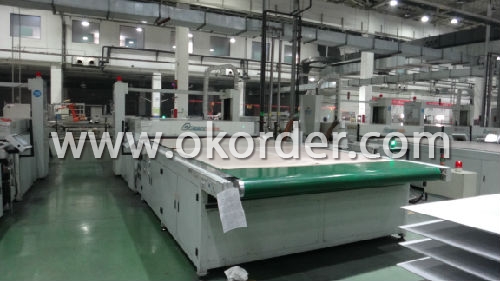
The Equipment of Solar Poly Series (55W-70W)
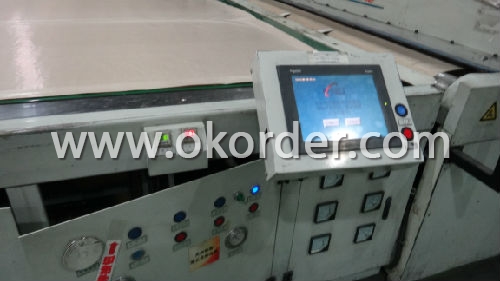
- Q: Can solar panels be used to power an air conditioning system?
- Yes, solar panels can be used to power an air conditioning system. Solar panels generate electricity from sunlight, which can be used to run various electrical appliances, including air conditioning units. By harnessing solar energy, it is possible to power an air conditioning system without relying on traditional power sources, leading to energy savings and reduced carbon emissions.
- Q: I am fairly new to the solar panel scene, and am eager to try to set one up myself instead of buying a kit. I am looking for a solar panel that puts out 00 Watts or more, and can produce more than 20 volts. Thanks
- a cheap one that doesn't burn up
- Q: I'm doing a project for school where I will buy a solar panel and utilize/improve the power output of the panel. I want the panel to have an improved amount of energy output compared to the original. My budget for the solar panel itself is ~$00. Anything else that will be needed is covered.Also, I will be comparing the power by lighting a light bulb and checking to see the output energy of the panel.Where or how should I approach this project?What are the parts of the solar panel that I will need to buy?What factors could I change/improve to improve the overall energy output?What are the things (other than the panel) that I will need to buy?How can I attach a light bulb to the solar panel?
- when you're in Malaysia, i'm no longer effective why you desire a heater, except perhaps a water heater. For that, use a photo voltaic heater right away. For the electrical energy, the most value-efficient thanks to do that's to stay linked to the grid, and offset your bill with photo voltaic. That way, you do not favor to oversize the photo voltaic for contingencies. there'll be compromise on your way of existence, each and every thing that plugs into the wall today will nevertheless plug into the wall and artwork advantageous.
- Q: Can solar panels be used to power a sports car?
- Yes, solar panels can be used to power a sports car. With advancements in technology, solar panels can be integrated into the design of a sports car to generate electricity and power its electric motor. However, the efficiency of solar panels and the limited surface area for installation on a sports car may pose challenges in fully powering the vehicle solely with solar energy.
- Q: How much space is required for installing solar panels?
- The amount of space required for installing solar panels depends on various factors such as the type and size of the panels, the energy needs of the property, and the efficiency of the panels. Generally, for residential installations, it is recommended to have around 100-400 square feet of roof space per kilowatt of solar panels. However, ground-mounted systems may require larger areas depending on the number of panels and their tilt angles. It is advisable to consult with a solar installer or expert to determine the exact space requirements for a specific project.
- Q: Can solar panels be used in agriculture?
- Yes, solar panels can be used in agriculture. They can provide clean and renewable energy to power various agricultural processes such as irrigation systems, livestock operations, and crop drying. Additionally, solar panels can be installed on farm buildings or in open fields, helping farmers reduce their reliance on traditional energy sources and lower their carbon footprint.
- Q: How efficient are the solar panels....?
- There is over 000 watts of power in a square meter of sunshine. A square meter panel converts only about 20% of it into electricity (200 watts). At my workplace, I have a photo-voltaic solar panel electrical system. Its maximum capacity is about 25 kilowatts. On a sunny day it will produce about 80 kilowatt hours of electricity, but we average about 50 kwh/day. At current value, that adds up to a saving of about $4,000 per year, which sounds nice but that's only about a tenth of my total power bill. The system cost $00,000. Pay-back is 25 years (which by coincidence is the length of the warranty). To answer your question more directly: solar panels are not quite efficient enough to be economical.
- Q: Can solar panels be installed on a theme park or tourist attraction?
- Yes, solar panels can be installed on a theme park or tourist attraction. In fact, many theme parks and tourist attractions have started to incorporate solar panels as a way to generate clean and sustainable energy. Solar panels can be installed on rooftops, parking lots, or even as part of decorative structures within the park. This not only helps to reduce the environmental impact of the attraction but also serves as a visible display of the commitment to renewable energy, inspiring visitors to consider sustainable practices in their own lives.
- Q: if you know the area of the panel can u calculate for the wattage or voltage of the panel..
- You need to know how many solar cells are in the panel and what is the rated current each cell will produce. This information should be listed on the panel. Each cell will produce from 0.5 to 0.55 volts DC per cell and each cell will produce a current that is dependent on the size of the cell and the type of material the cell is made from. If the cells are connected in series then the voltage of each cell will add together, that is if you have 30 cells connected in series they should generate about 5 to 6.5 volts DC. If each cell generates .2 amps, then you multiply the voltage of 5 volts DC times .2 amps DC equals 8 watts of power. The current of each cell does not add together when you connect the cells in series only the voltage of each cell. If you connect the 30 cells in parallel then the current of each cell adds together but the voltage of each cell does not. That is 0.5 Volts DC times 36 amps equals 8 watts. The power (watts) produced will be the same. See our blog on the products page to see how to connect solar cells in series and in parallel. We also have a PDF file of solar cells and their rated output current sorted by watts per area and their manufacturer.
- Q: Can solar panels be installed on satellites?
- Yes, solar panels can be installed on satellites. In fact, solar panels are commonly used to provide power to satellites in space.
Send your message to us
Solar Poly Series (55W-70W)
- Loading Port:
- Shanghai
- Payment Terms:
- TT
- Min Order Qty:
- 1 pc
- Supply Capability:
- 100000/month pc/month
OKorder Service Pledge
OKorder Financial Service
Similar products
Hot products
Hot Searches
Related keywords

